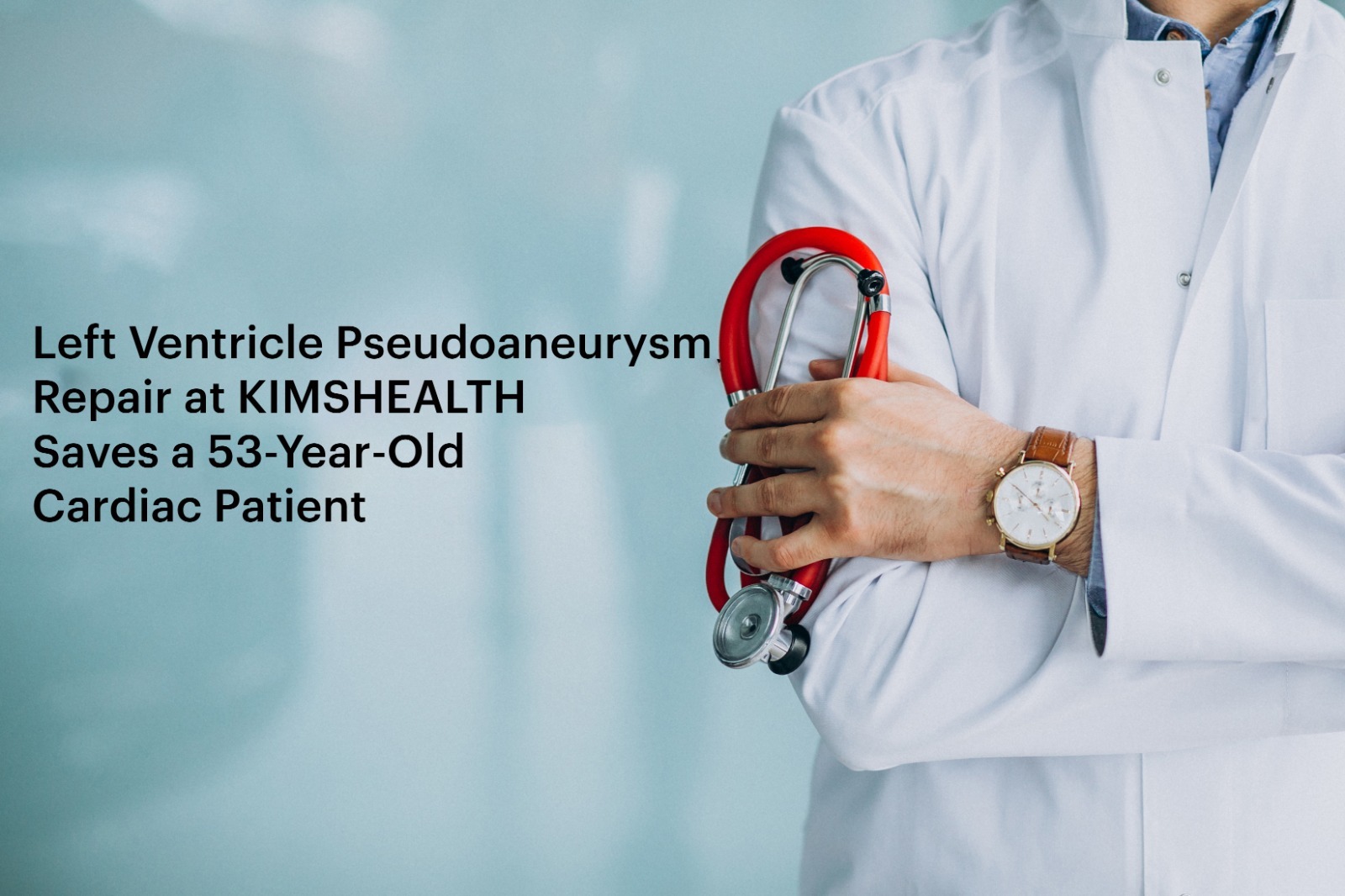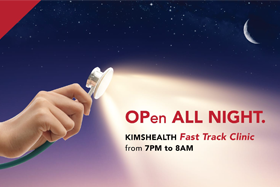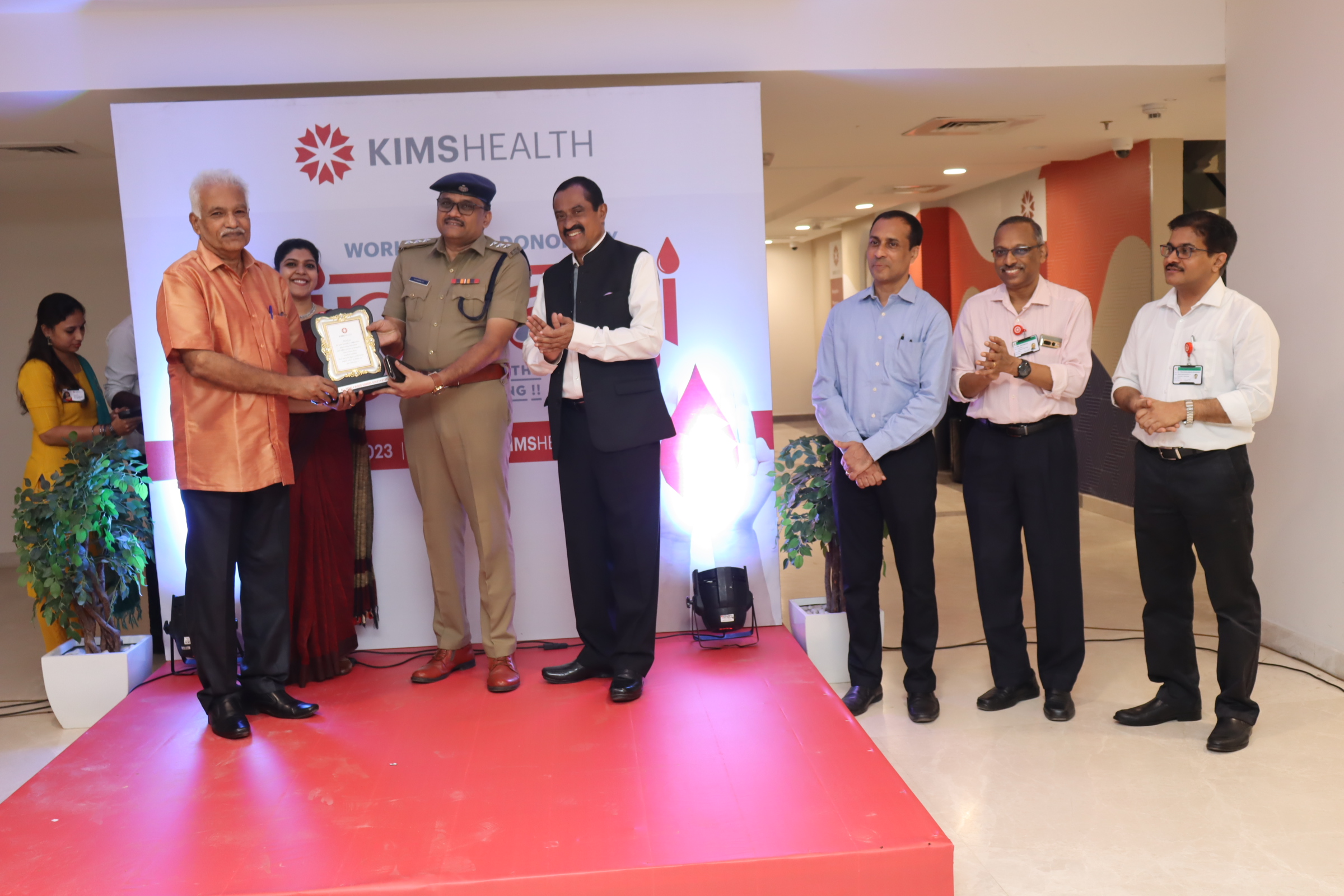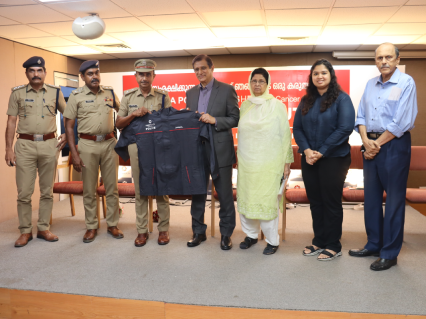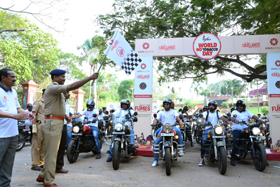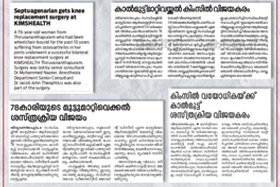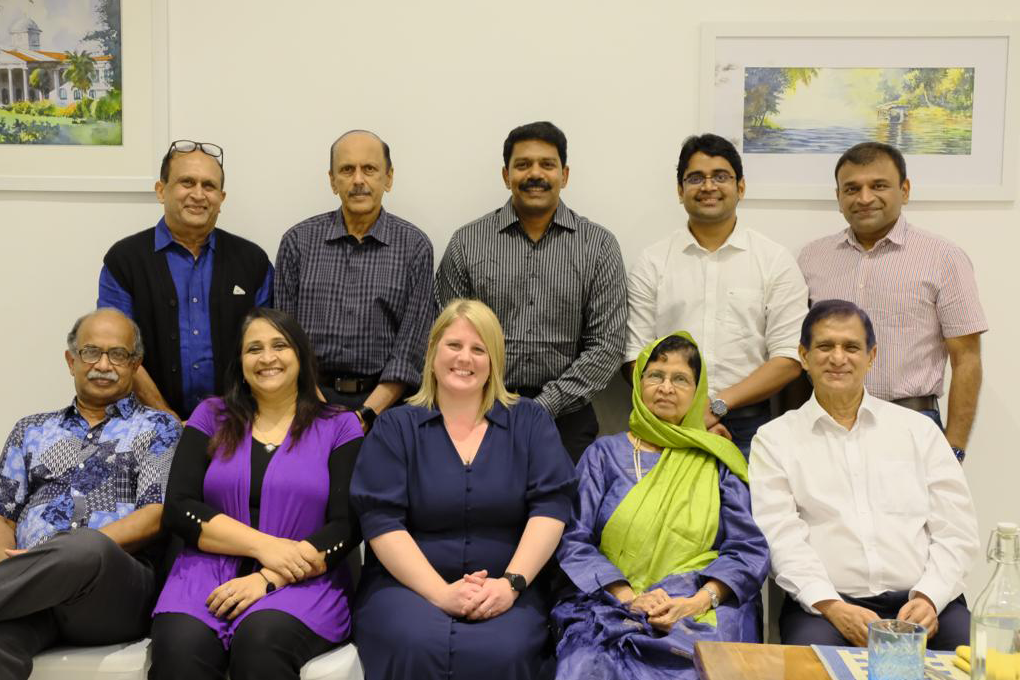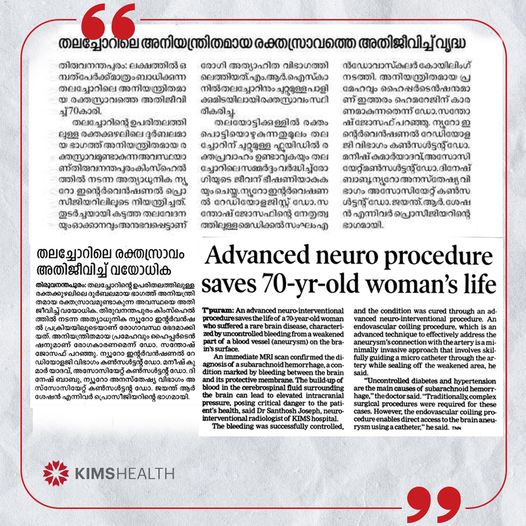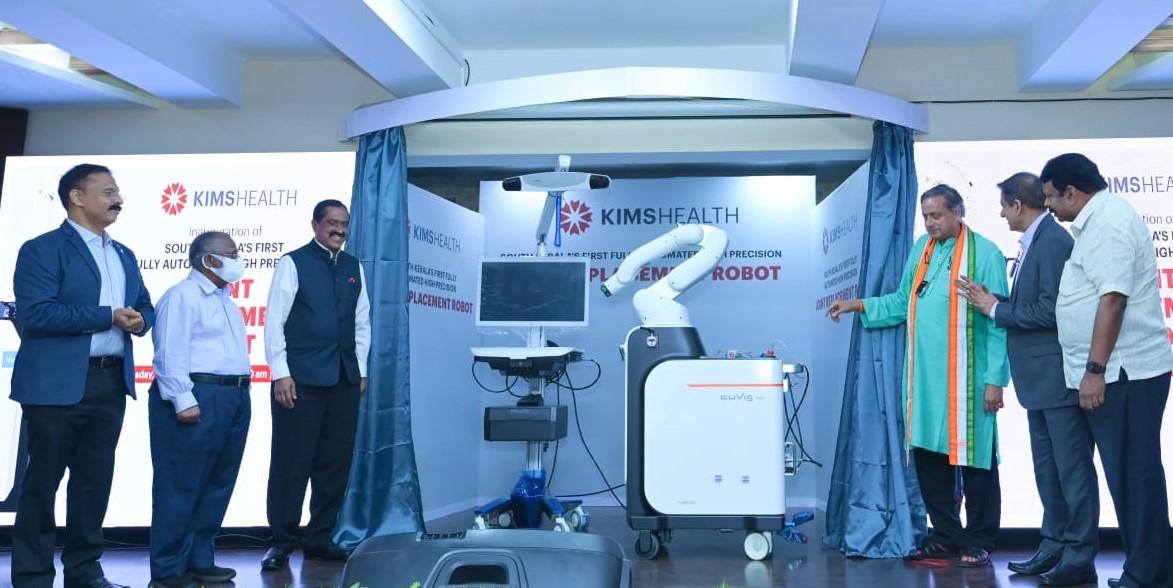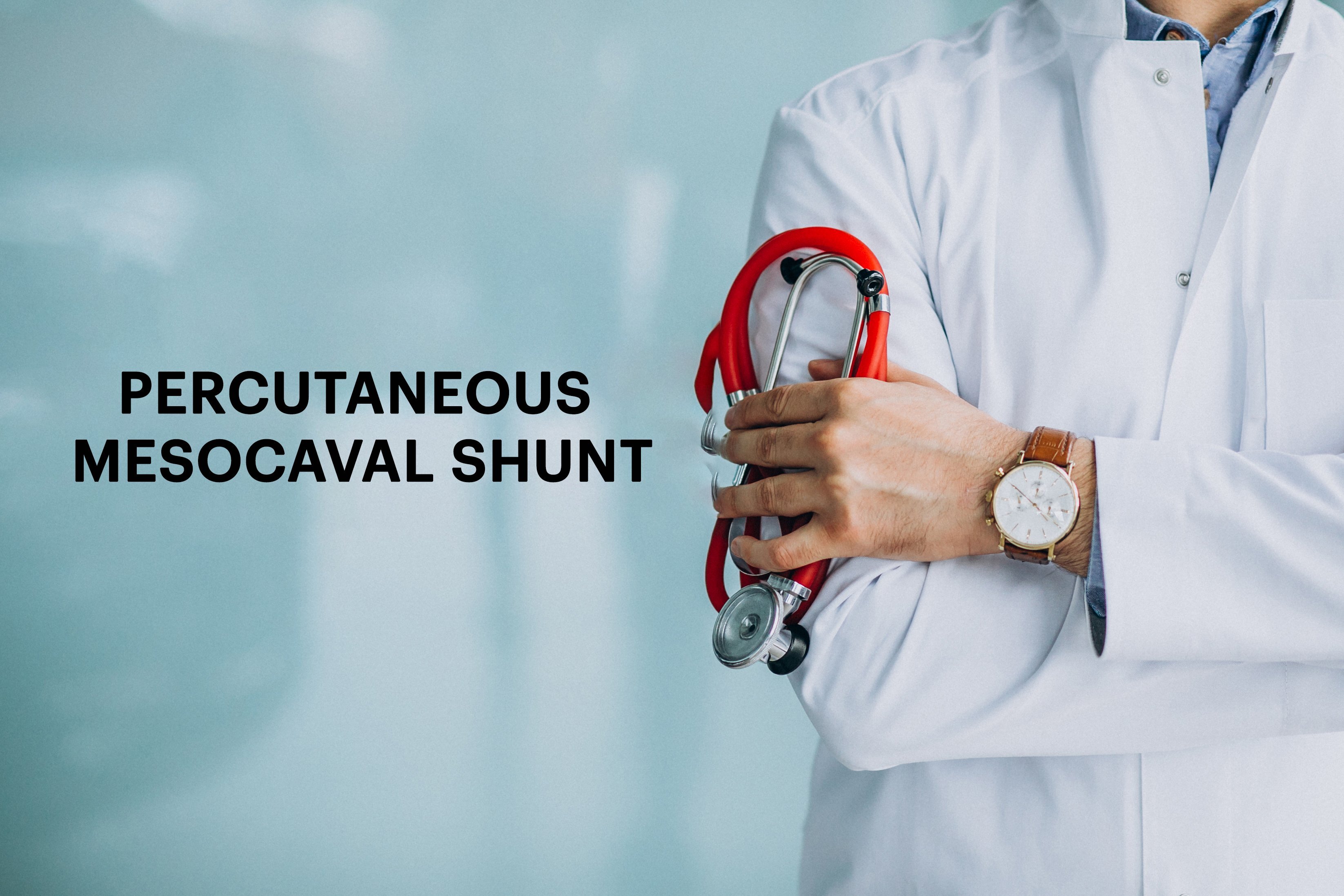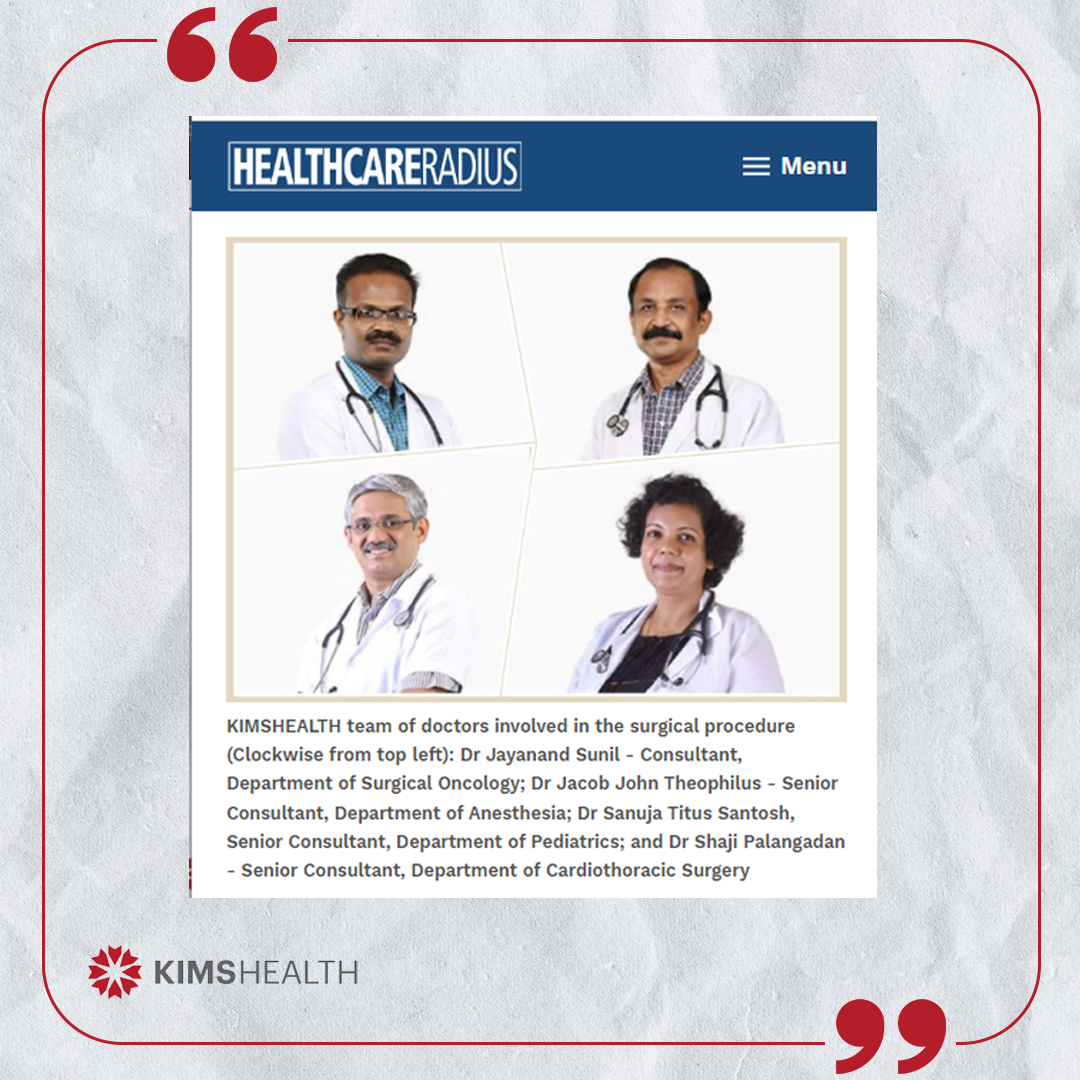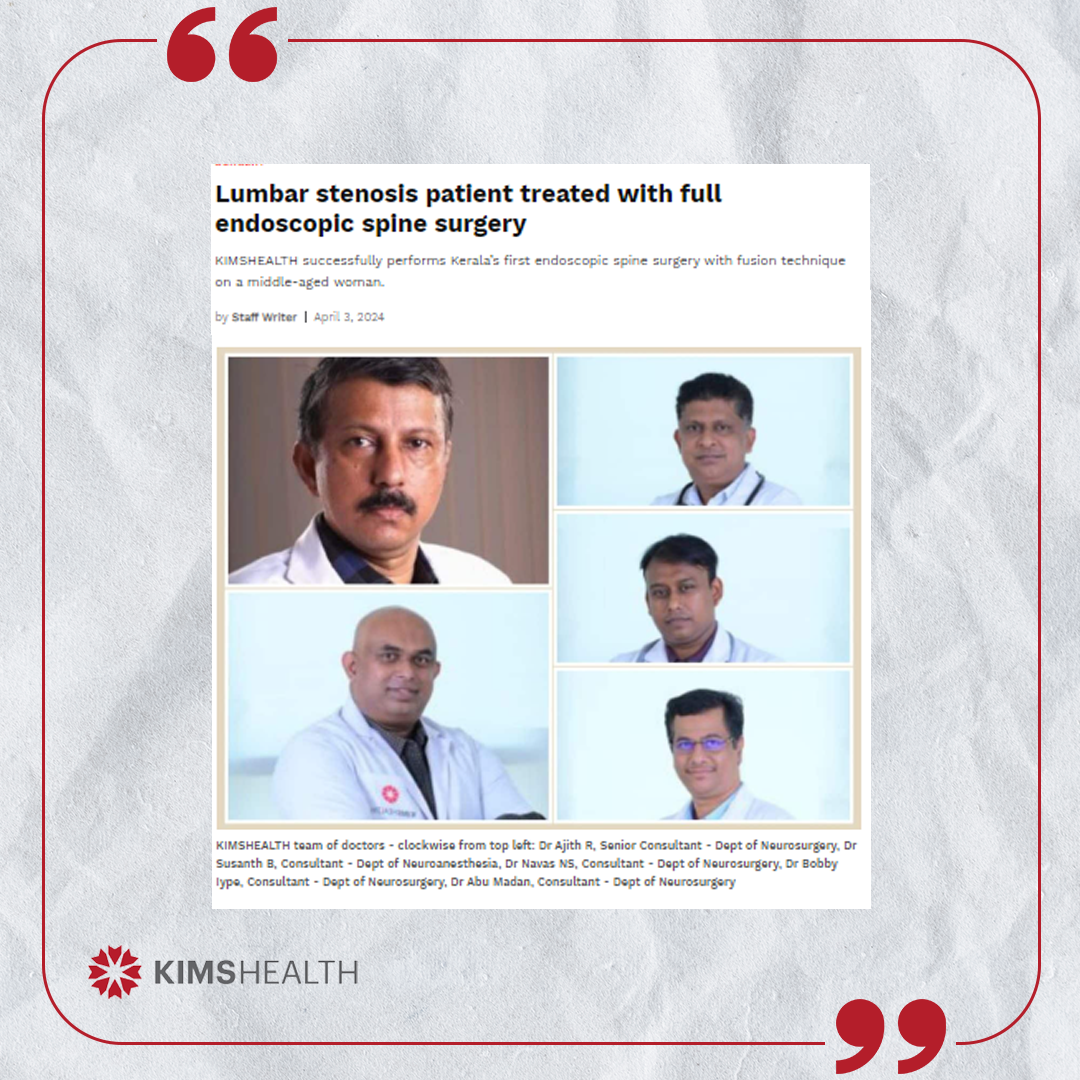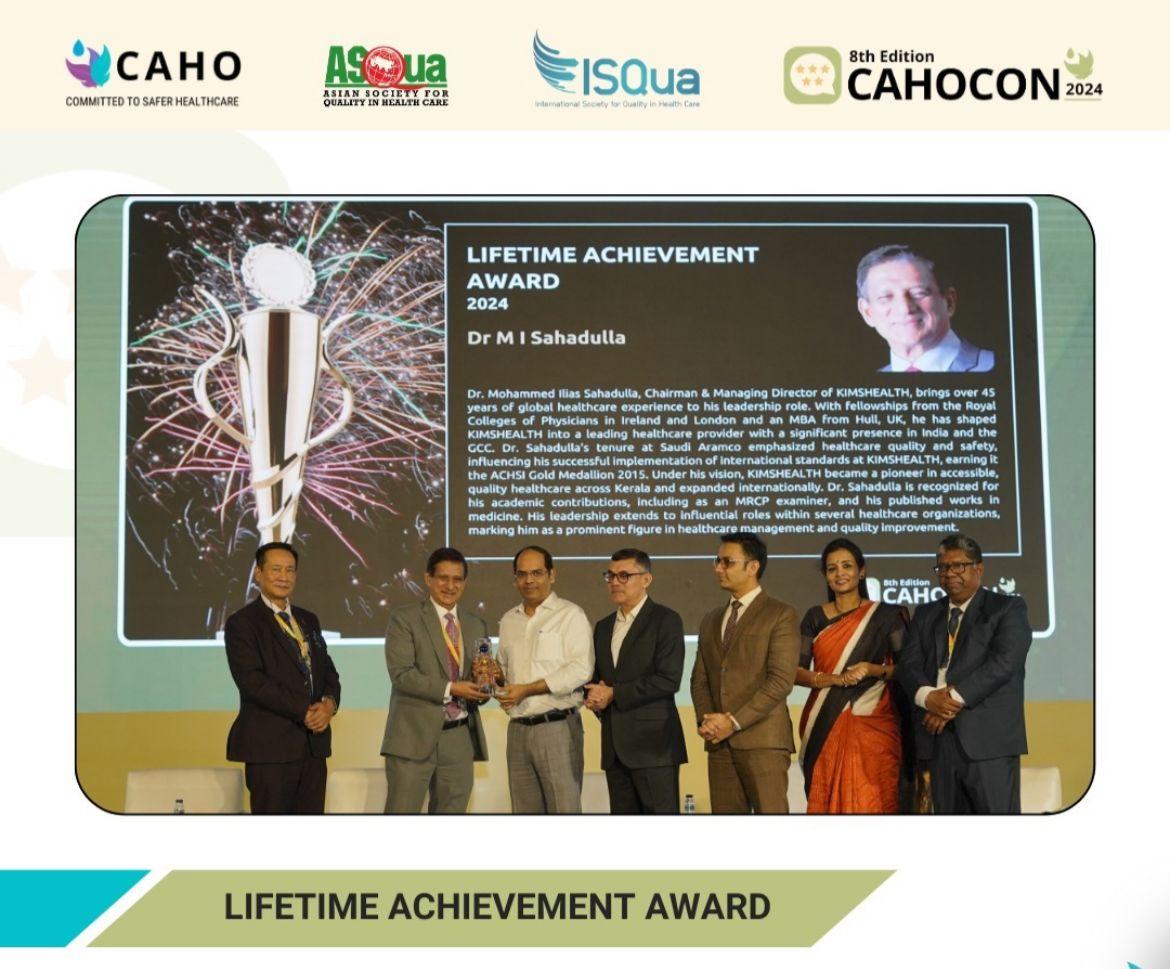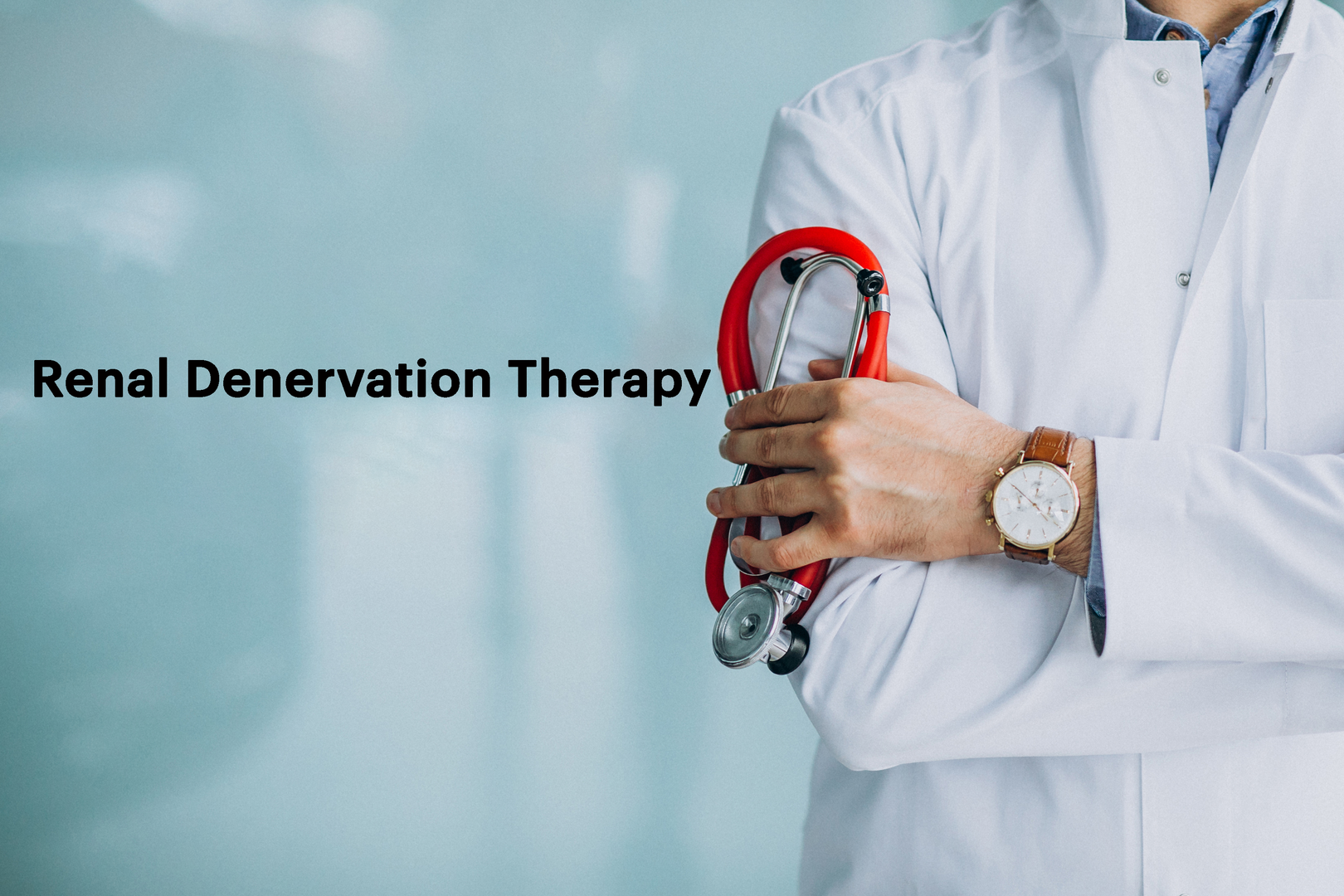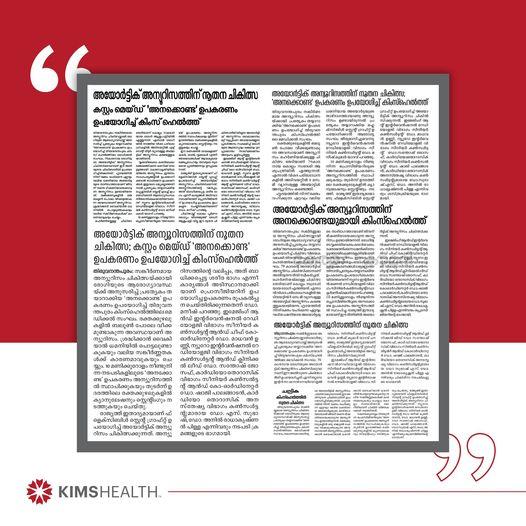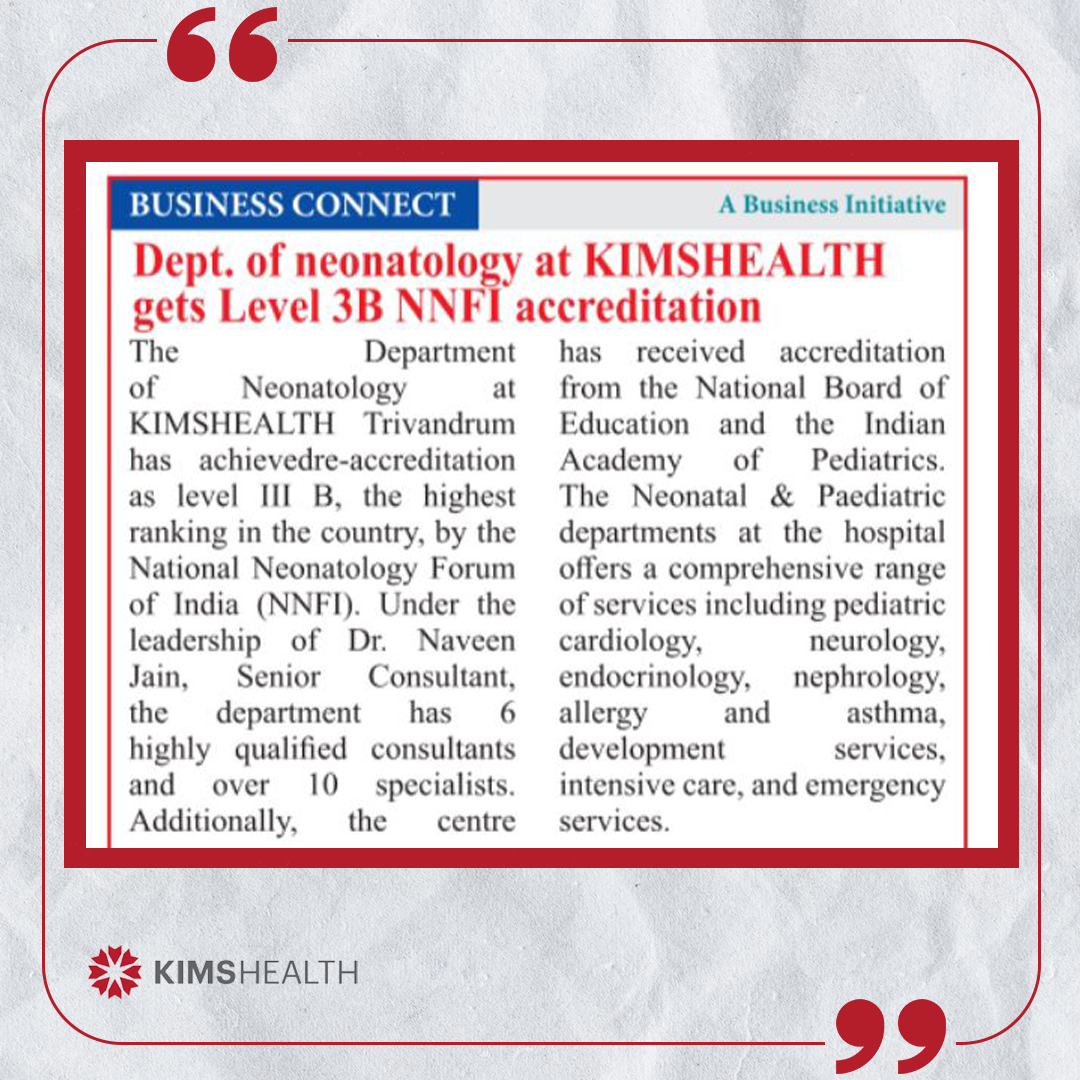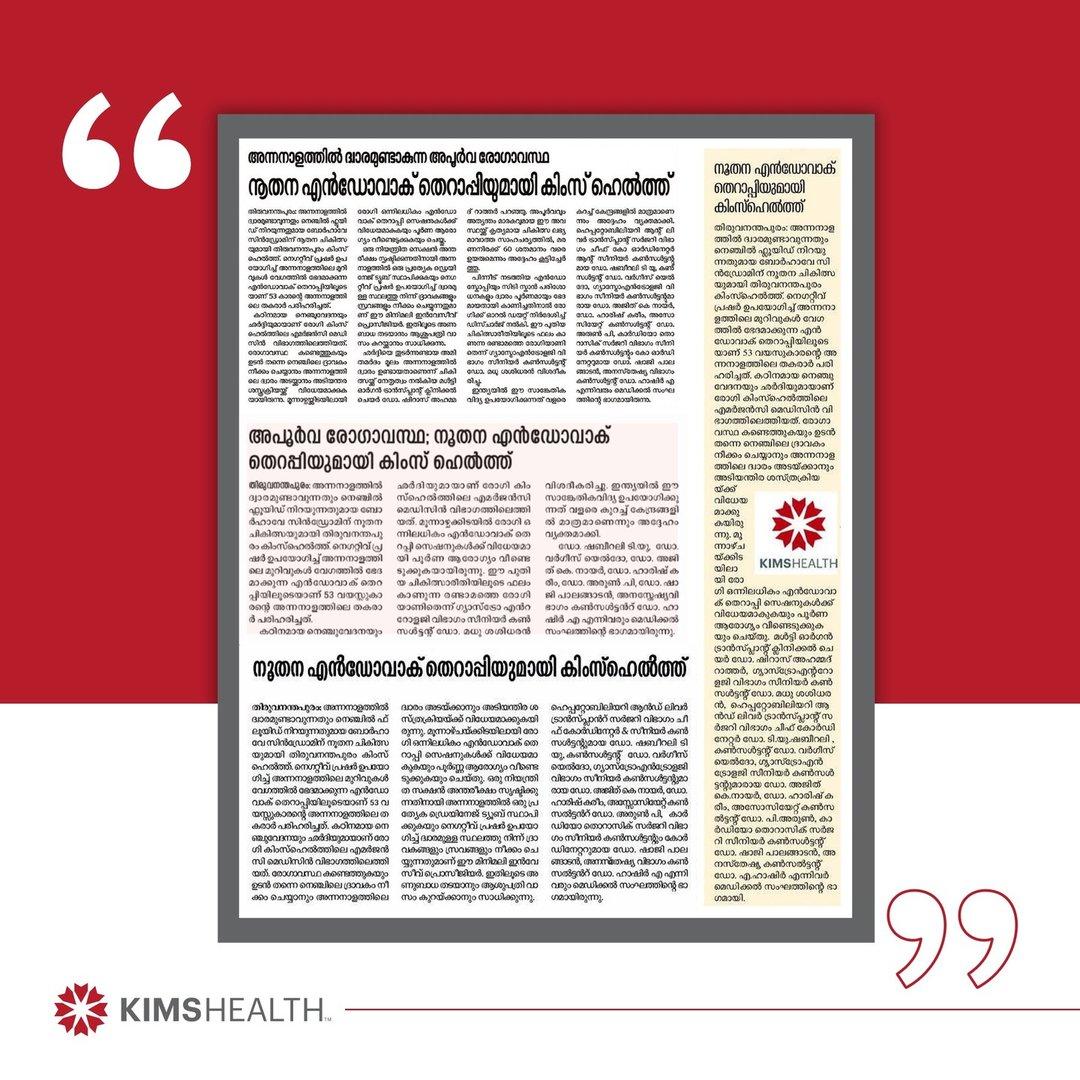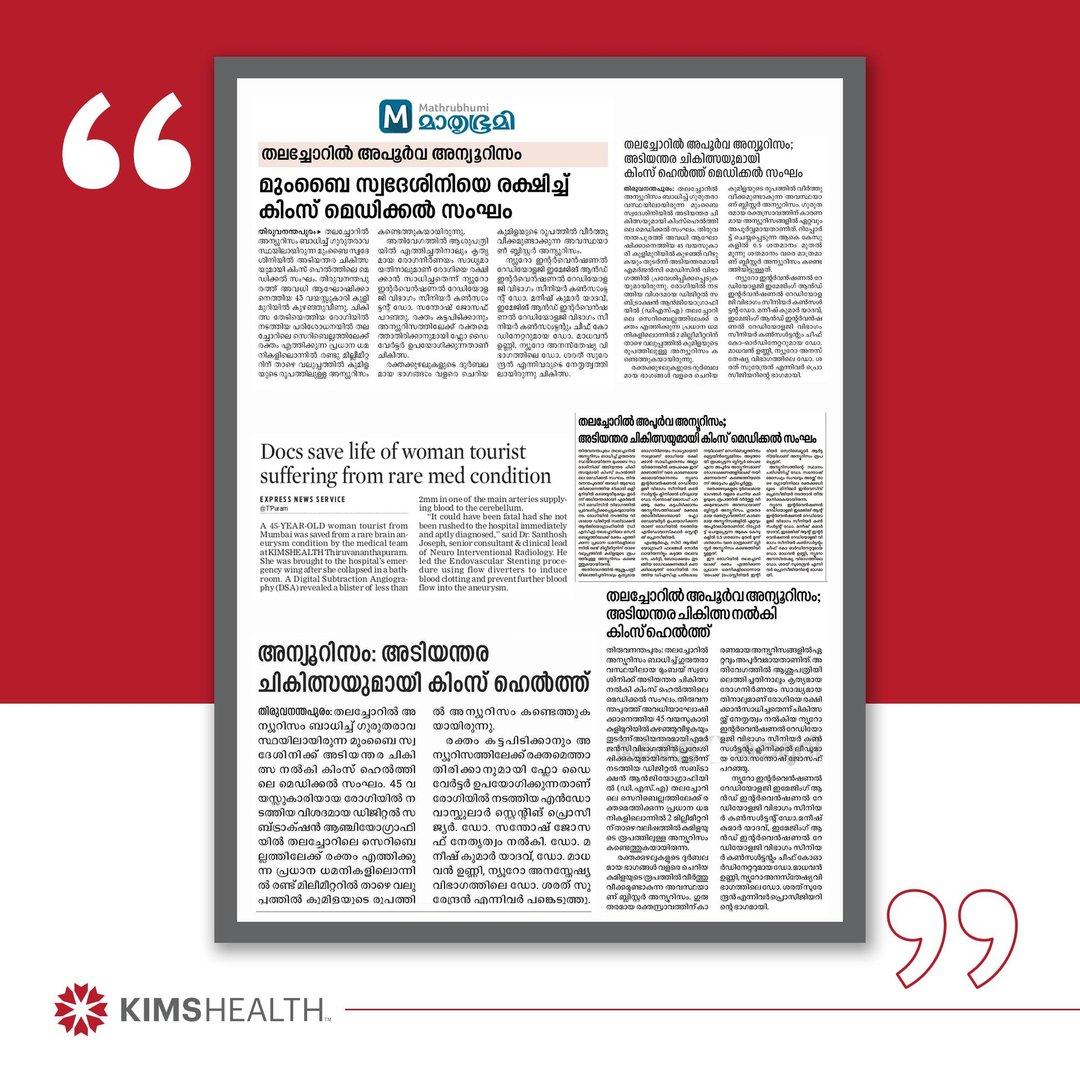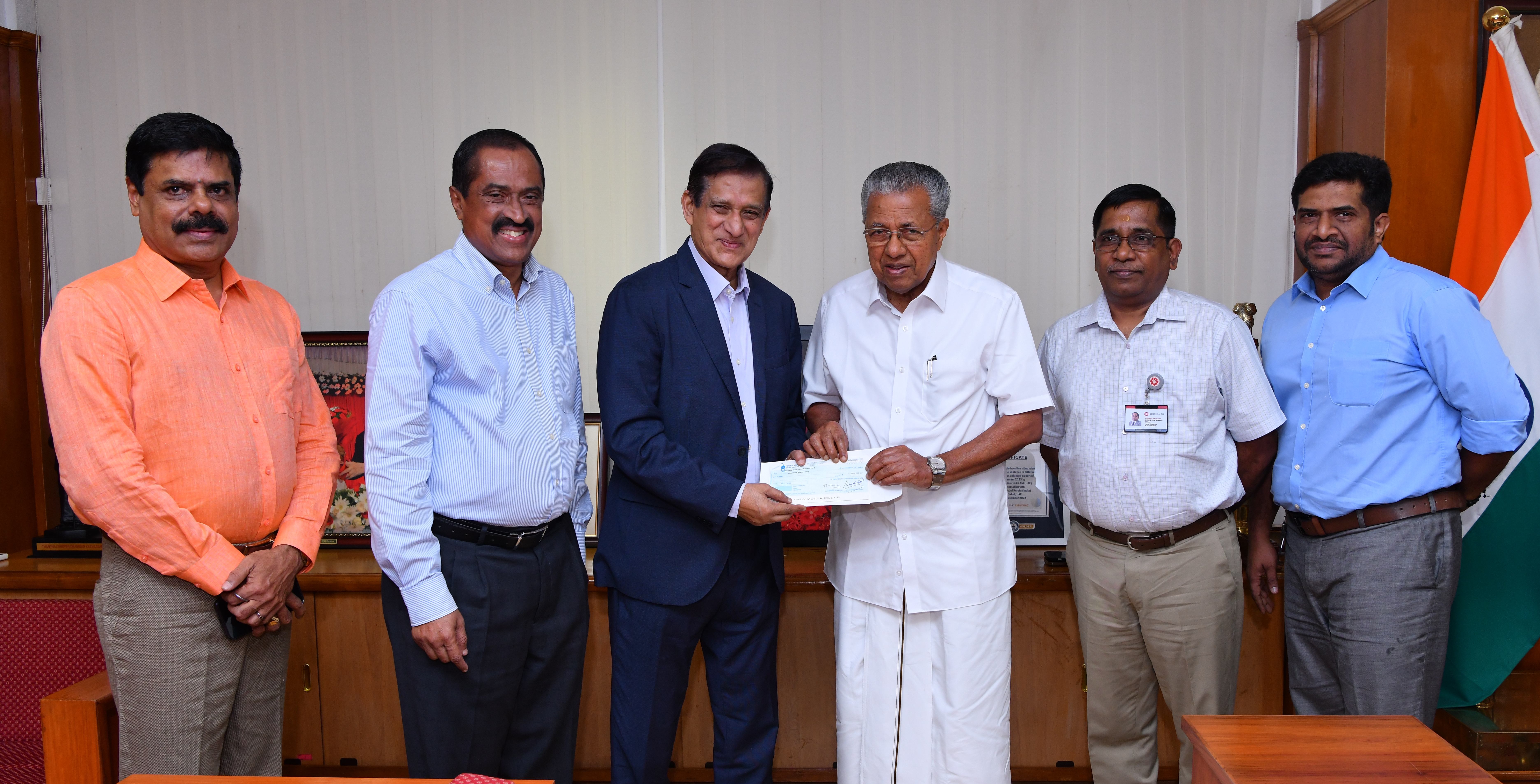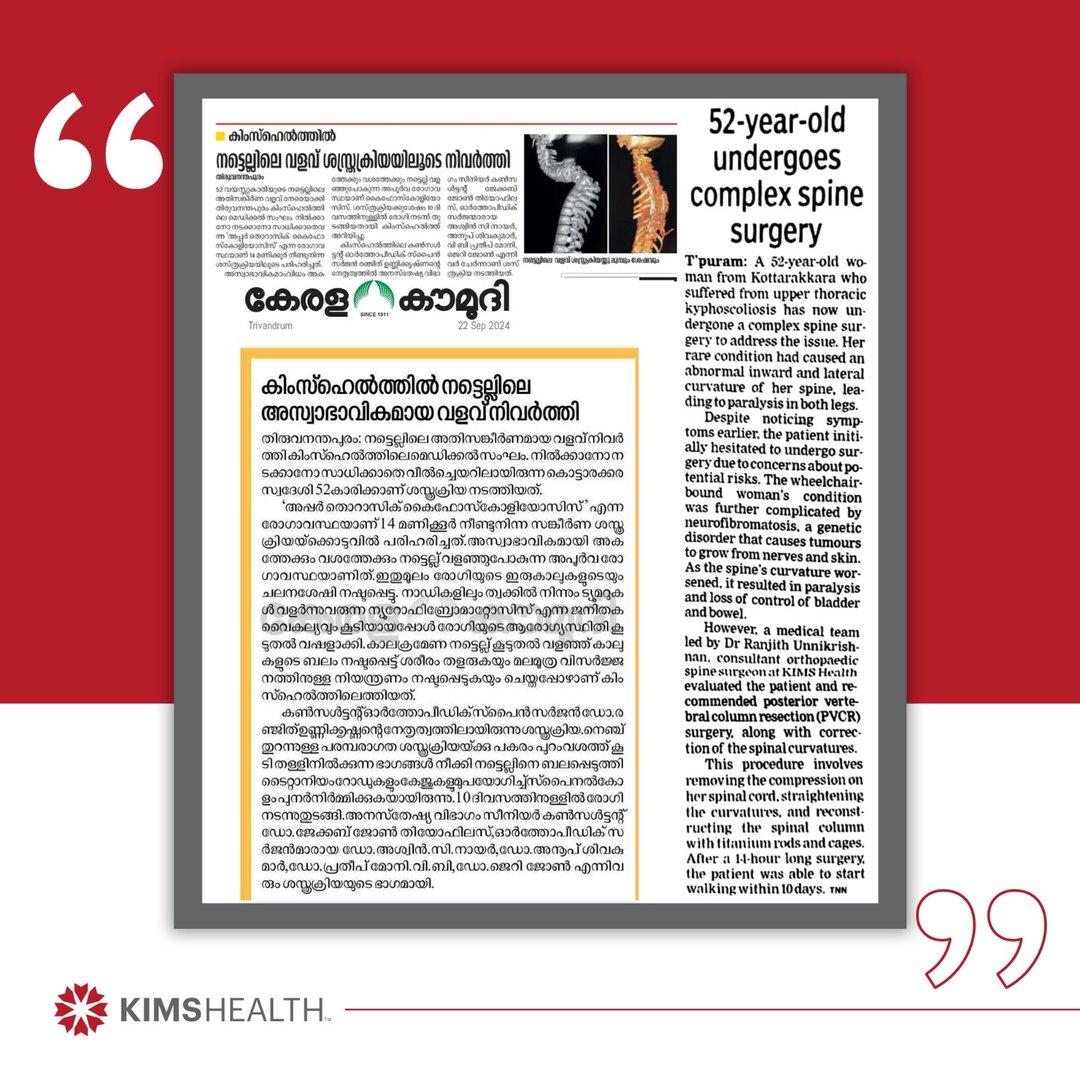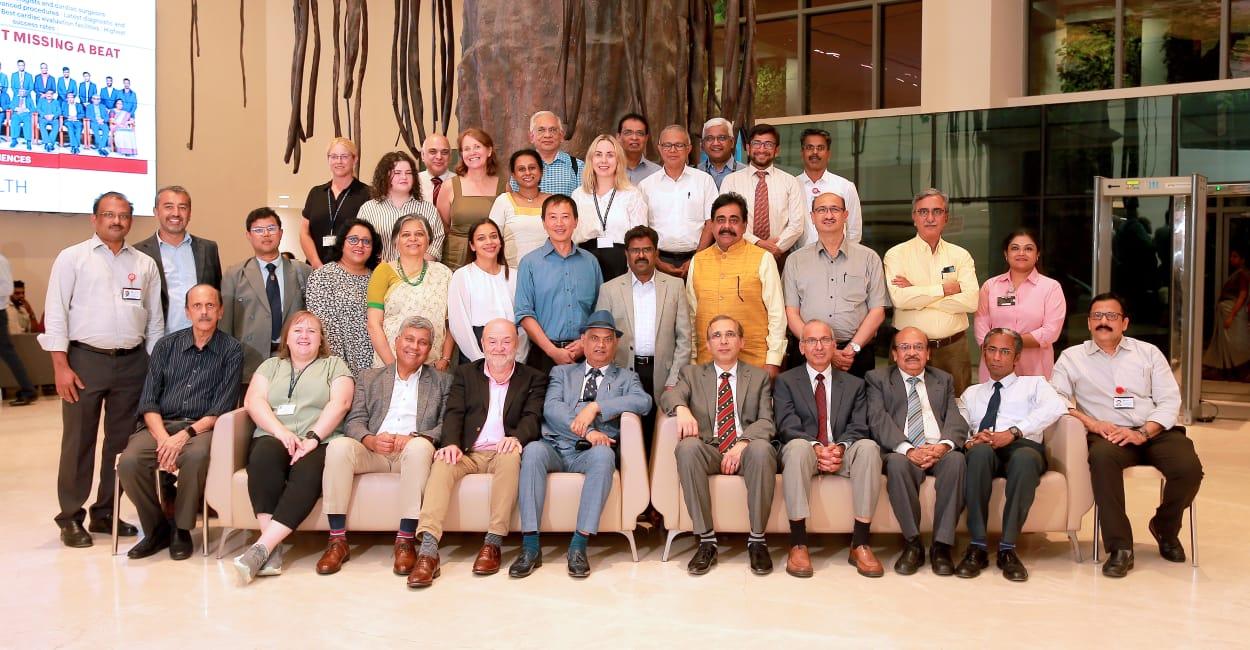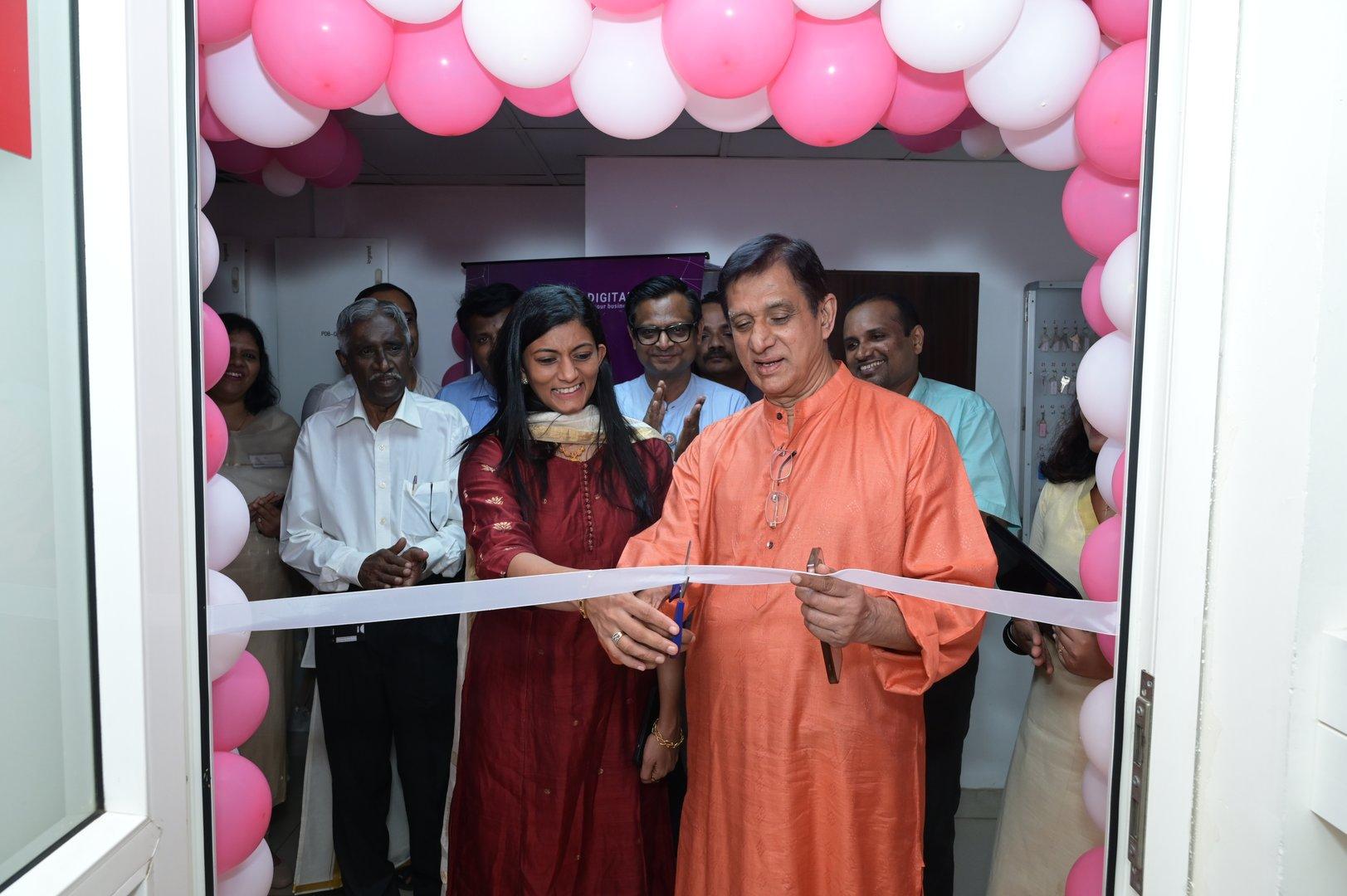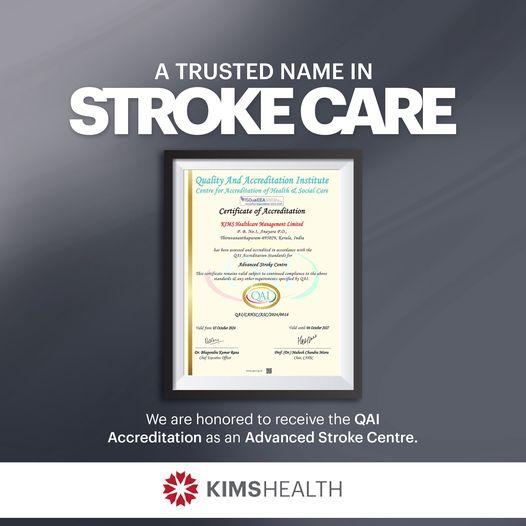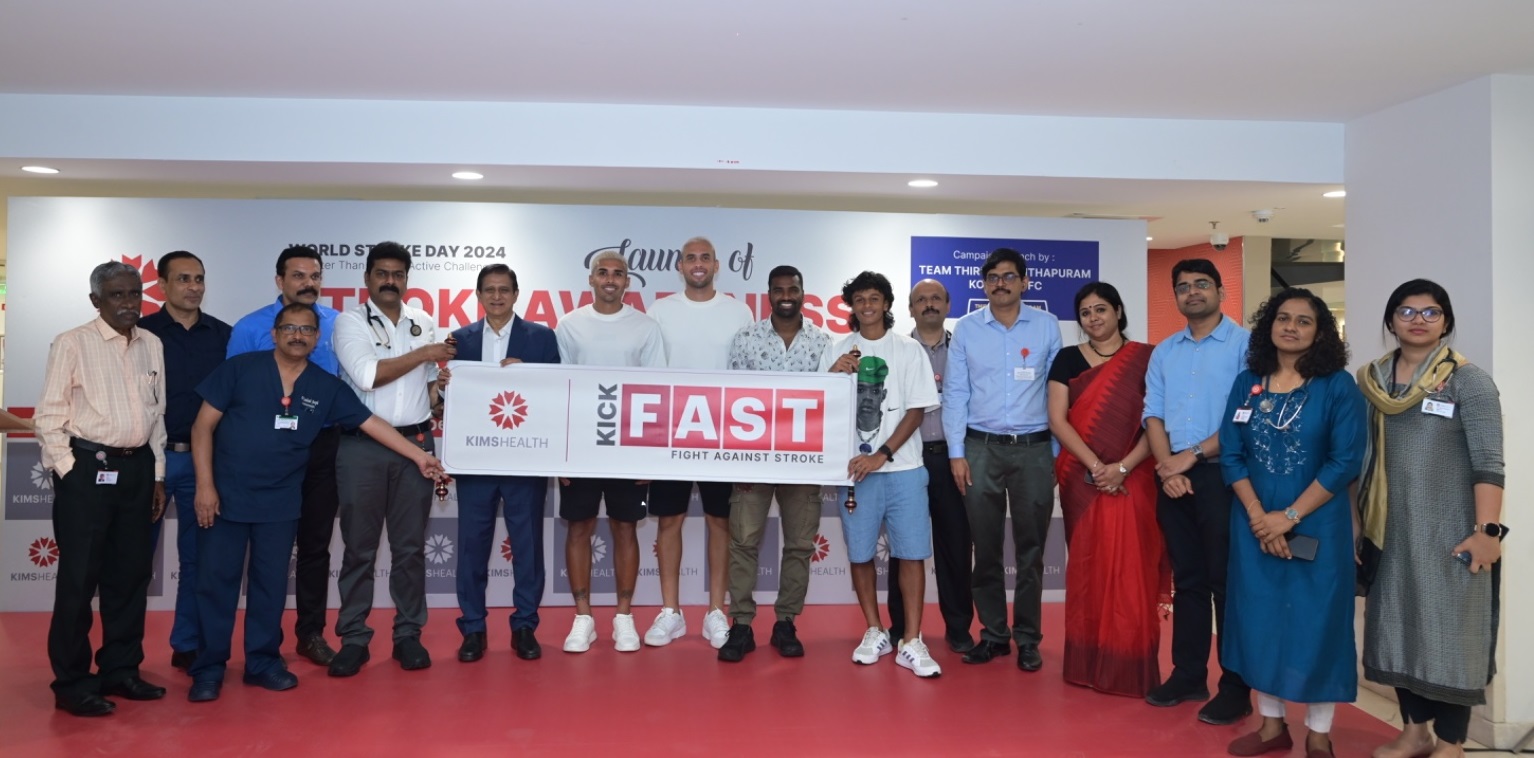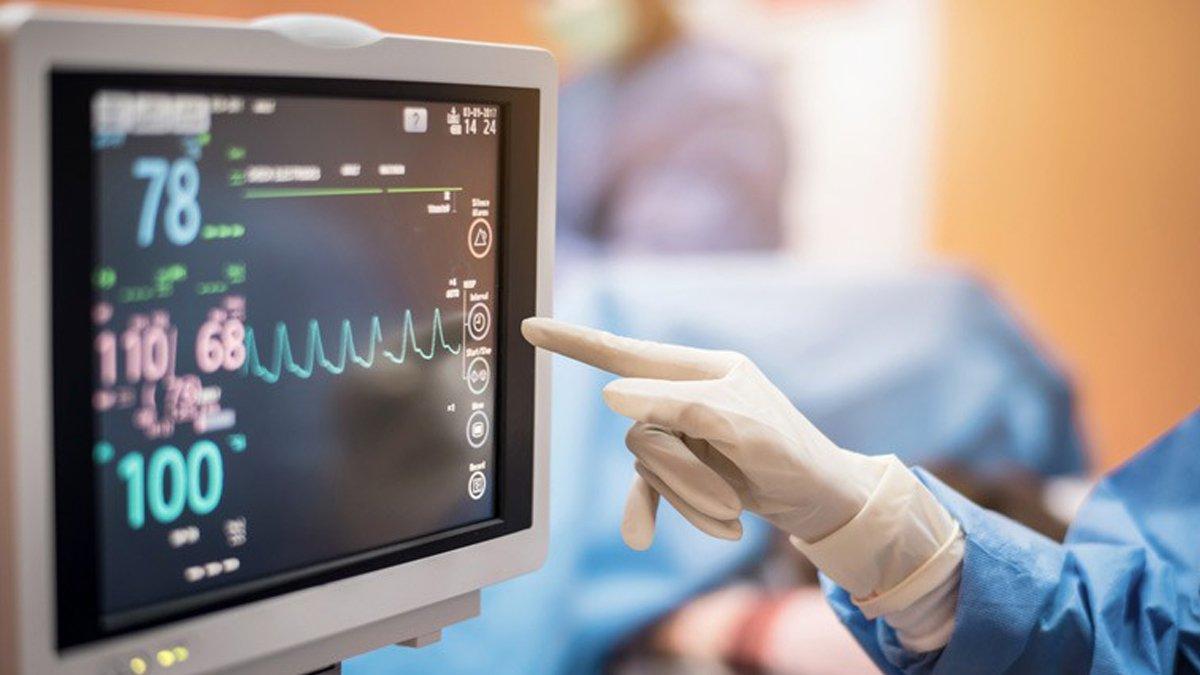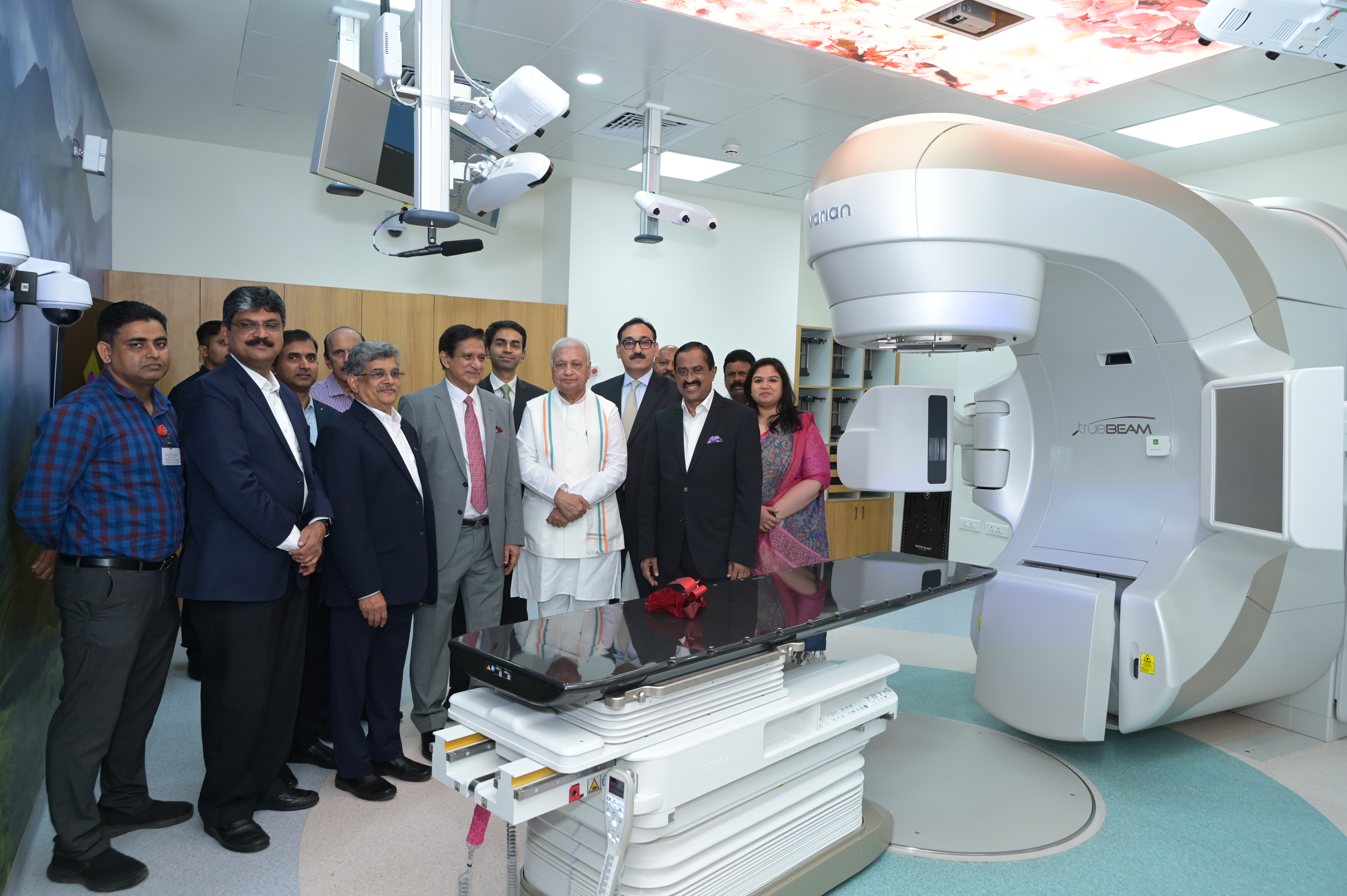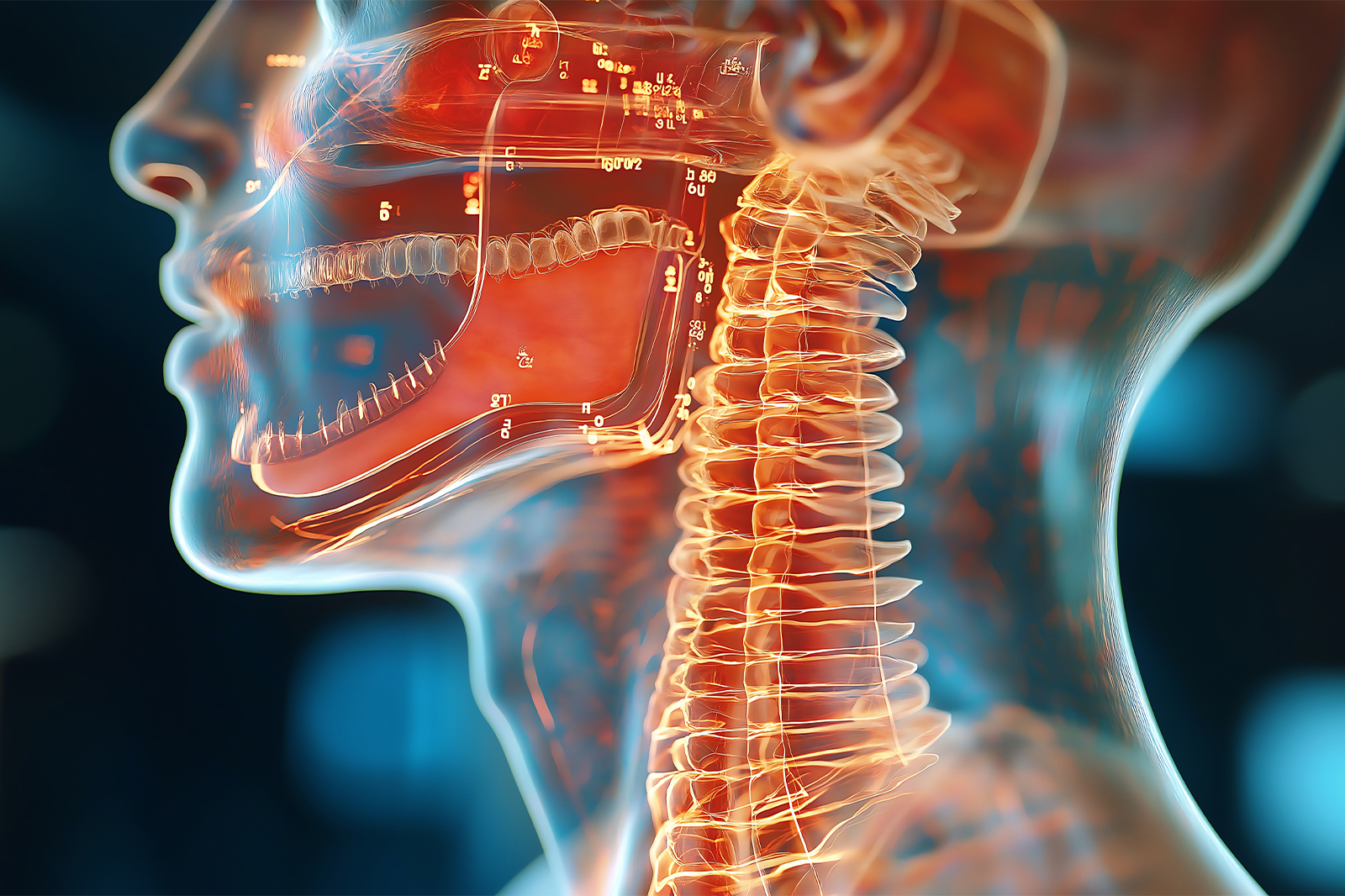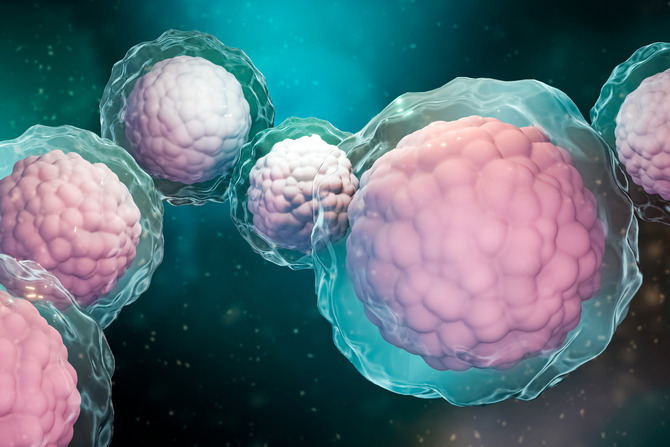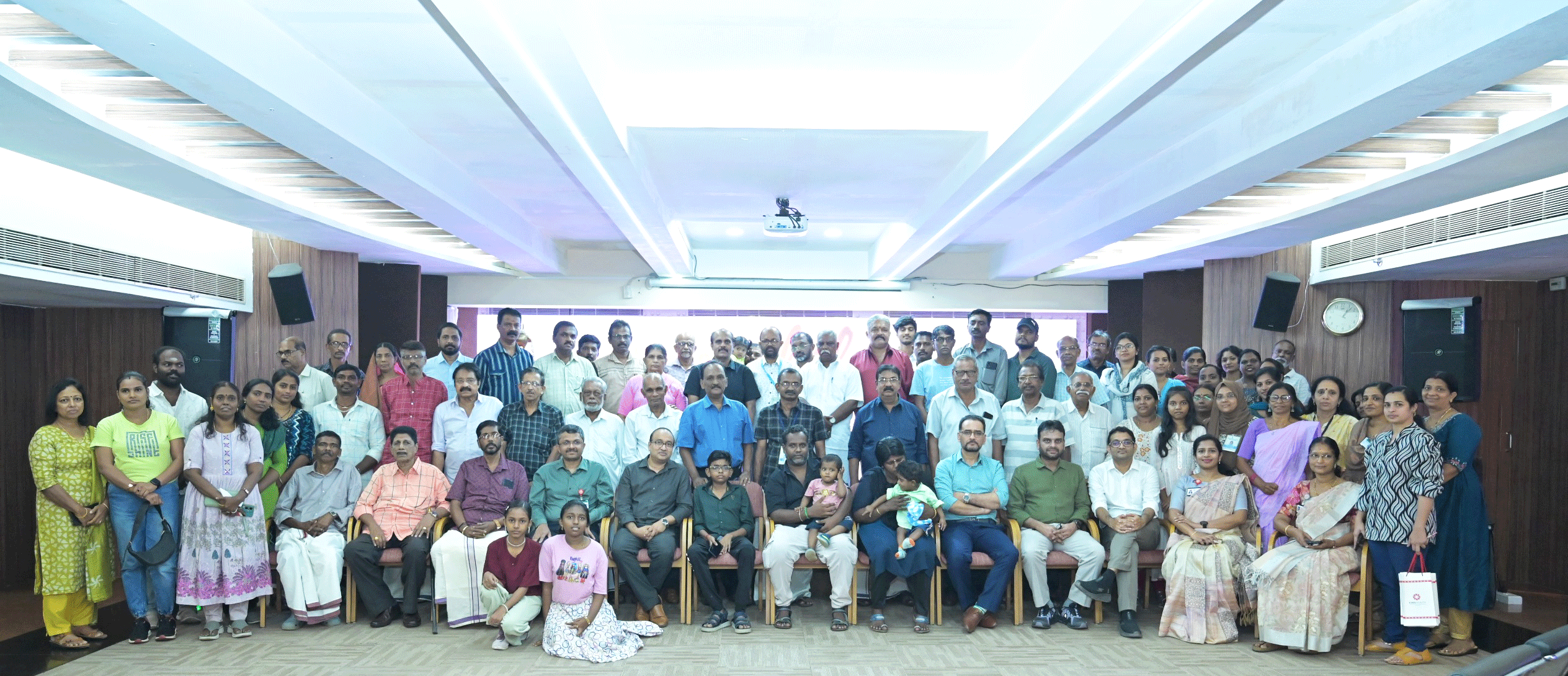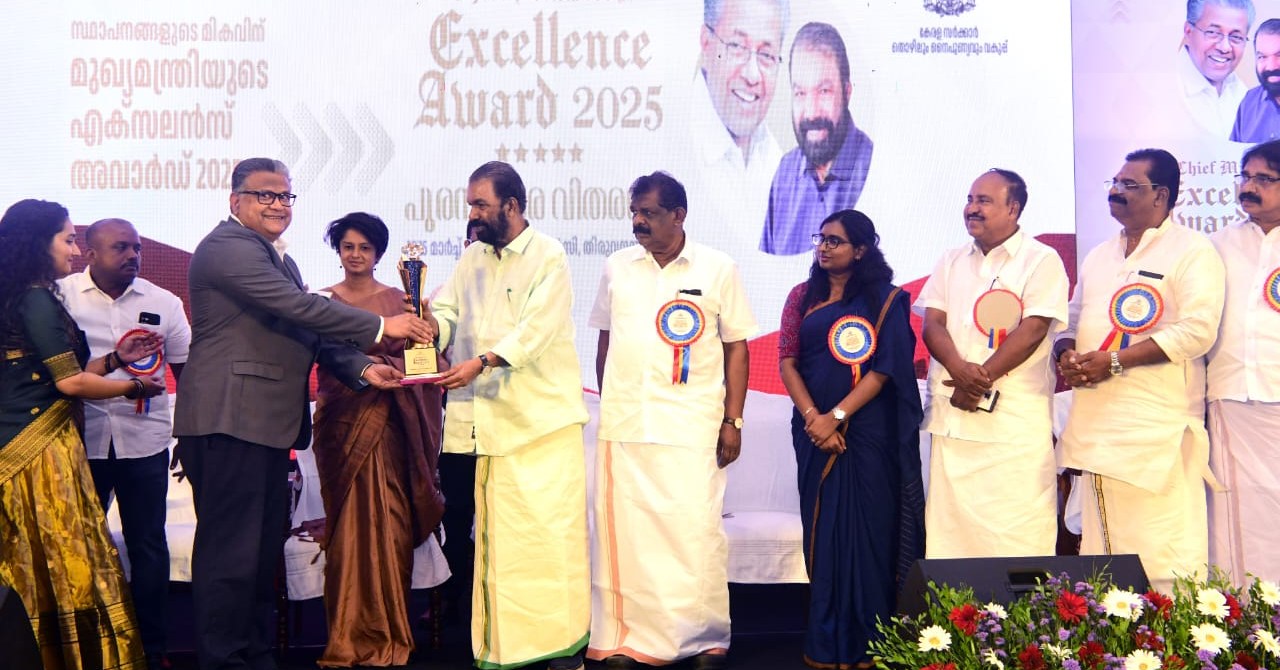

Left Ventricle Pseudoaneurysm Repair at KIMSHEALTH Saves a 53-Year-Old Cardiac Patient
06 Jan 2025 | 2 minsPseudoaneurysm is a rare condition, affecting less than 0.1% of patients with cardiac diseases worldwide.
The medical team at KIMSHEALTH successfully performed an innovative treatment for pseudoaneurysm, a rare condition that affects either the walls of the heart or blood vessels. A 53-year-old patient from Kollam was rushed to a nearby hospital after collapsing at home. Initial evaluations for neurological causes showed negative results. After undergoing an ECHO test, the patient was transferred to KIMSHEALTH Trivandrum for expert intervention.
Further evaluation at KIMSHEALTH diagnosed the patient with a Left Ventricle Pseudoaneurysm, with an angiogram revealing a 100% blockage of the Left Anterior Descending Coronary Artery—the artery supplying blood to the left side of the heart muscle.
A pseudoaneurysm occurs when a cardiac chamber gets injured, causing blood to leak from the ventricle and collect in the surrounding tissue, forming a false covering. The condition is rare, has a high mortality rate if left untreated, and affects less than 0.1% of patients with cardiac diseases worldwide.
Recognizing the critical nature of the condition, the surgical team, led by Dr. Shaji Palangadan, Senior Consultant, Department of Cardio-Thoracic Surgery, performed a ‘Left Ventricle Pseudoaneurysm Repair’. During the procedure, the patient was placed on a heart-lung machine, with the heart temporarily stopped. The damaged muscle of the left ventricle was excised, and the damaged area was reinforced using a synthetic graft made of a ‘Dacron patch.’
“Pseudoaneurysms are often the result of ventricular injuries caused by trauma, infection, or coronary artery disease. These aneurysms are ticking time bombs that can rupture at any moment, leading to fatality,” explained Dr. Shaji Palangadan.
The surgery lasted five hours. Post operation, the patient was placed on a ventilator and supported with an Intra-Aortic Balloon Pump (IABP). The IABP facilitated blood flow to the coronary arteries and enhanced the heart's pumping ability. The patient was weaned from the ventilator and IABP after three days, as his condition improved remarkably and his cardiac output returned to normal. He was discharged after an eight-day hospital stay and has now resumed normal activities.
Dr. Vipin B. Nair and Dr. Zaynah Zainudeen, Associate Consultants, Department of Cardio-Thoracic Surgery, along with Dr. Subash S. and Dr. Anil Radhakrishnan Pillai, Consultants, Department of Cardiac Anesthesia, were also part of the surgery.
